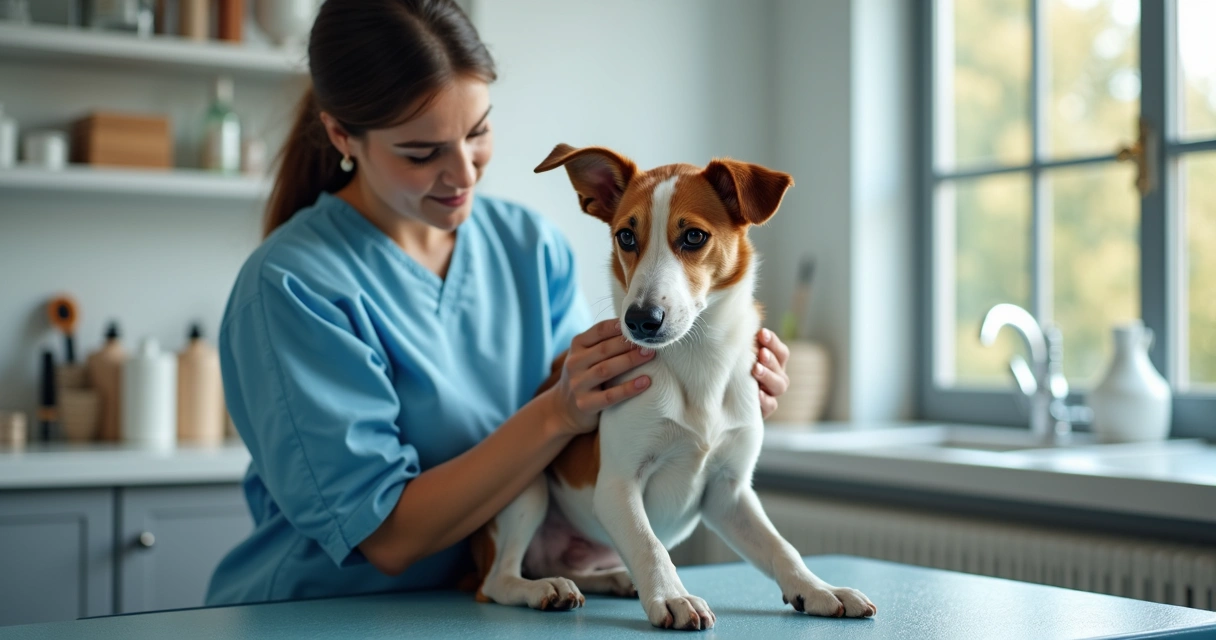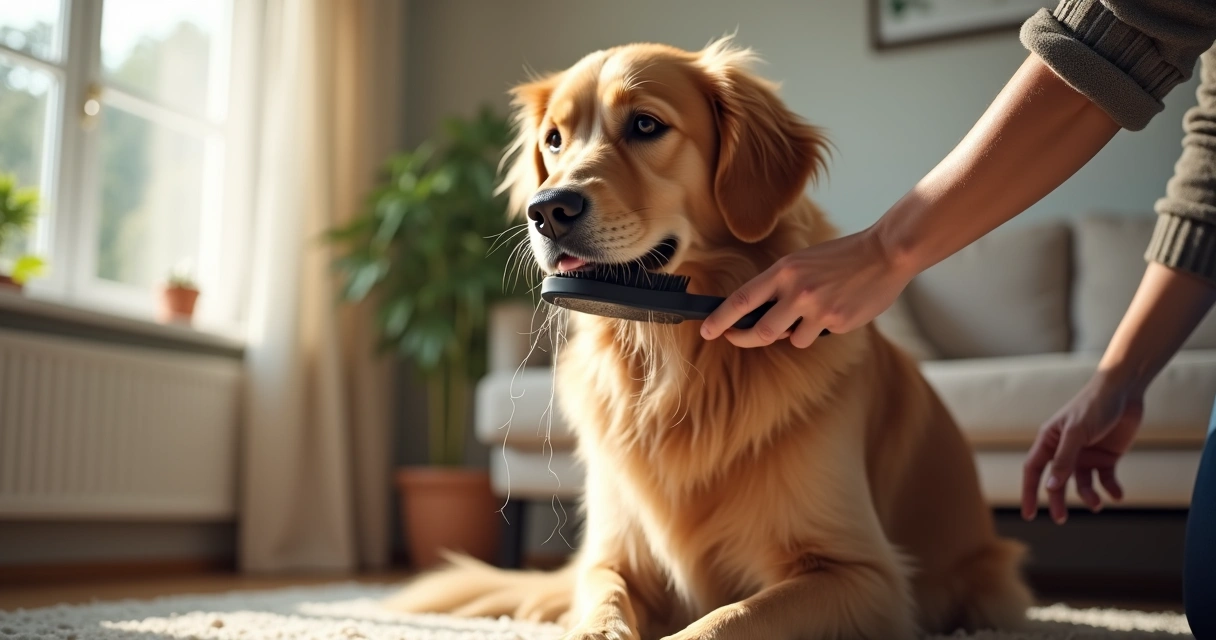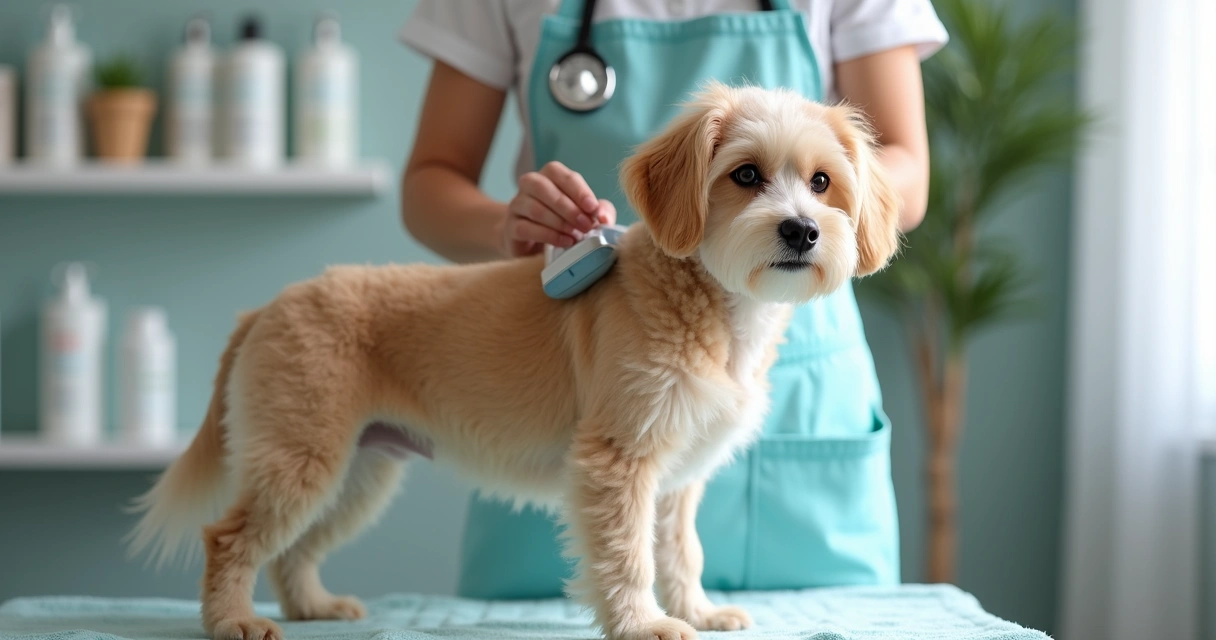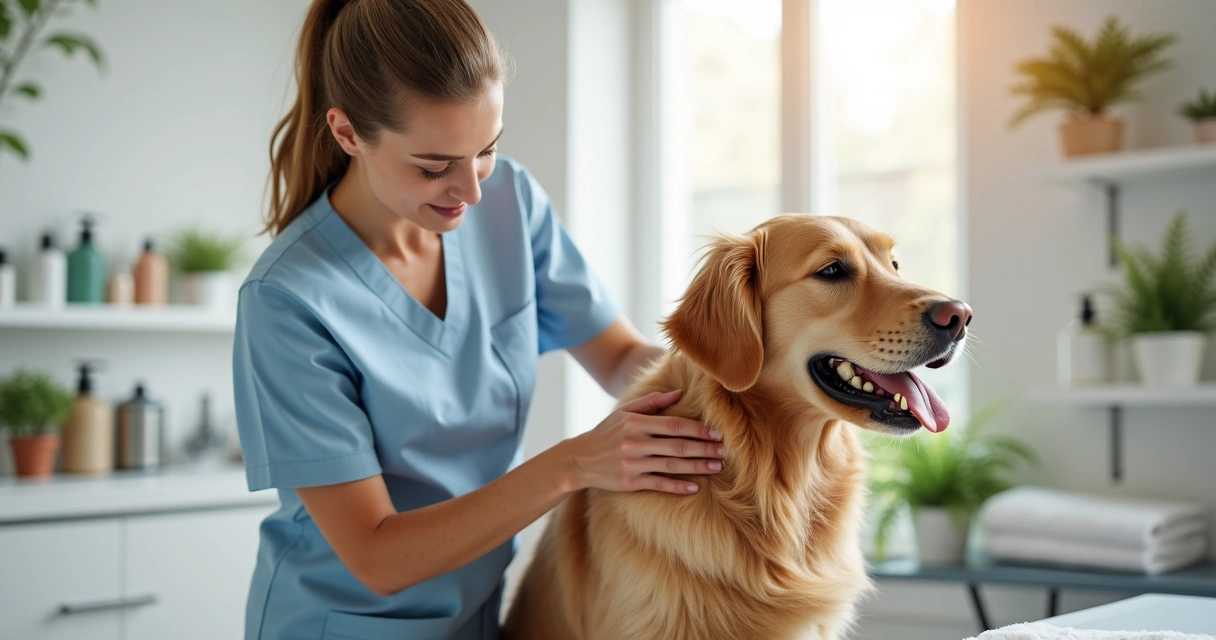Every pet owner wants their dog to look and feel good. At Dogtown, we've seen all sorts of grooming stories—both successes and not-so-happy endings. Sometimes, even if you feel confident about your dog’s grooming routine, subtle signs can reveal something is missing. Your dog may not be getting what they need.
Let’s talk honestly about how you can spot the most common signals that it’s time to rethink your grooming routine, and what you can do about it—so your dog stays comfortable, healthy, and happy.
How to notice something’s off
Most dog lovers can sense when their pup isn’t quite right. Maybe it’s a smell, a rough patch, or itchy scratching at midnight. But sometimes, the warning signs are so subtle you might miss them at first.
Sometimes the little things are the most important.
Ten signs your grooming routine is failing you
- Persistent odor
Dogs will always have their own scent, but if you notice a musty, sour, or just plain unpleasant smell that hangs around, grooming may not be tackling the issue. That odor can mean trapped oils, bacteria, or even hidden skin irritations.
How to fix it:- Choose shampoos formulated for your dog’s coat and skin (avoid harsh chemicals).
- Increase bathing or brush-outs if your vet says it’s okay.
- Have a professional check for deeper skin issues.
- Matted fur or tangles
Matted fur isn’t just unsightly. It hurts! Tangled patches can pull the skin, cause infections, and hide pests.
How to fix it:- Use a de-matting tool or slicker brush daily for long-haired breeds.
- Take stubborn mats to a reputable groomer.
- Consider regular trims if matting is a frequent problem.
- Itchy skin or frequent scratching
If your dog can’t stop scratching, something’s wrong. Improper rinsing, retained shampoo, or allergies can all make the problem worse.
How to fix it:- Double-rinse during baths—shampoo residue is a frequent culprit.
- Try hypoallergenic grooming products.
- Ask your vet about possible skin allergies.
- Redness, rashes, or hot spots
These are clear signals of irritation or infection, often aggravated by rough handling, dull blades, or infrequent cleaning.
How to fix it:- Inspect skin after every grooming session.
- Switch to gentler grooming tools.
- See a professional for recurring skin problems.
- Overgrown nails, cracked pads, or damaged dew claws
According to a recent internet survey, about 70.4% of dogs had intact front dew claws, while 27.9% had them removed—showing how grooming practices affect health and comfort (reporting 70.4% of dogs had intact front dew claws).
How to fix it:- Trim nails every 3 to 4 weeks; keep dew claws checked.
- Moisturize cracked pads regularly.
- Work with a groomer who pays attention to paws and claws.
- Visible dirt, dander, or dull coat
If your dog is leaving fur flakes on your couch, or his coat lacks shine, grooming isn’t working. Dirt and dander buildup may lead to allergies for both you and your pet.
How to fix it:- Brush regularly—even short-haired dogs need it.
- Include a healthy diet, as it directly affects coat health.
- Try professional brushing or deshedding treatments, such as those at Dogtown’s grooming facility.
- Tear stains or crusty eyes
Stains around the eyes signal poor cleaning or even health issues. Some breeds are more prone, but regular care helps.
How to fix it:- Gently wipe eyes daily with pet-safe wipes.
- Trim hair from around the eyes.
- Check with your vet if the problem persists—it could be medical.
- Excessive shedding
While all dogs shed to a degree, an explosion of fur could signal weak brushing, improper bathing, or health trouble.
How to fix it:- Brush more often, using the right style of brush for your dog’s coat type.
- Add omega fatty acids to your dog's meals, after consulting a pro.
- Look for signs of anxiety, as stress can cause more shedding.
- Behavior changes after grooming
Does your dog hide, sulk, or become jumpy after a grooming session? That could mean the experience is uncomfortable, scary, or even painful—certainly not the goal.
How to fix it:- Seek out positive reinforcement grooming environments, like the approach at Dogtown dog daycare.
- Ask about slow introductions and breaks.
- Never rush the process—patience pays off.
- Recurring ear infections or smelly ears
Neglecting ear care during grooming can lead to yeast or bacterial infections and a whole lot of discomfort.
How to fix it:- Check and clean ears with vet-approved solutions after every bath.
- Keep the ear canal dry—especially for floppy-eared breeds.
- If infections repeat, your groomer or vet needs to help pinpoint the cause.
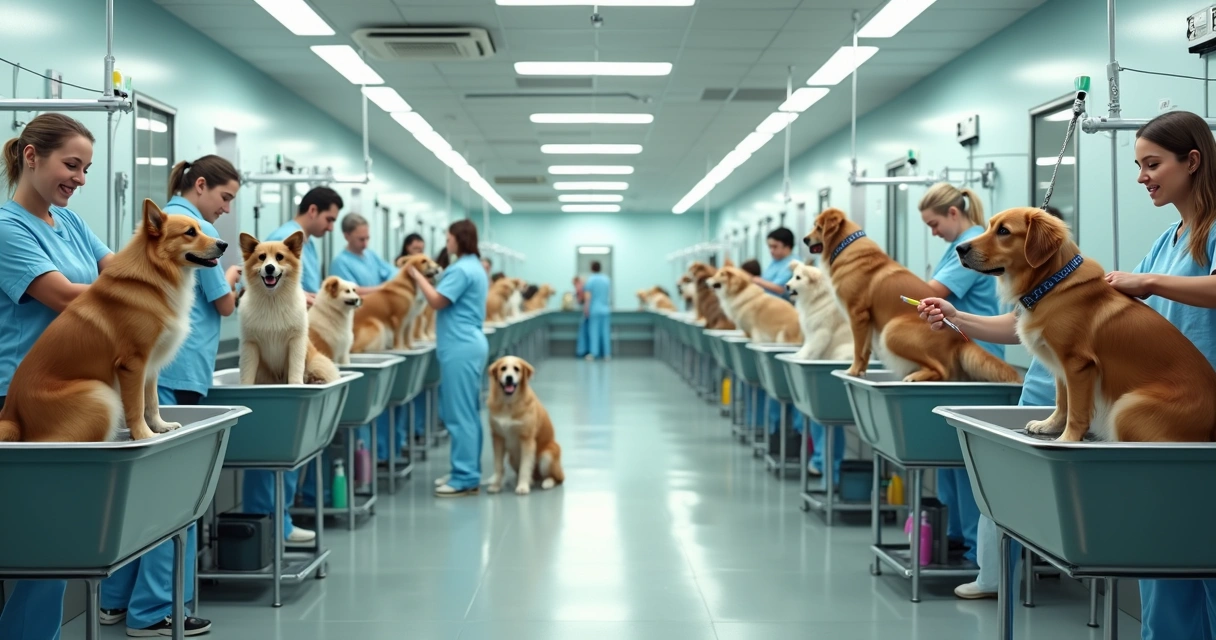
Understanding the impact and your dog’s needs
Dog care is growing fast in the United States. Pet care services revenue has grown over four times since 2004, reaching $10.7 billion in 2021, and grooming counts for about 30% of that total. This shows that owners, just like you, are paying attention.
Education can shape how often you take your dog for checkups, invest in regular grooming, and train your pet. In fact, a recent peer-reviewed article found that people with higher education levels are more likely to attend to these needs. And, accompanying routine care like deworming and dental checks are often closely linked to regular grooming, according to community medicine research.
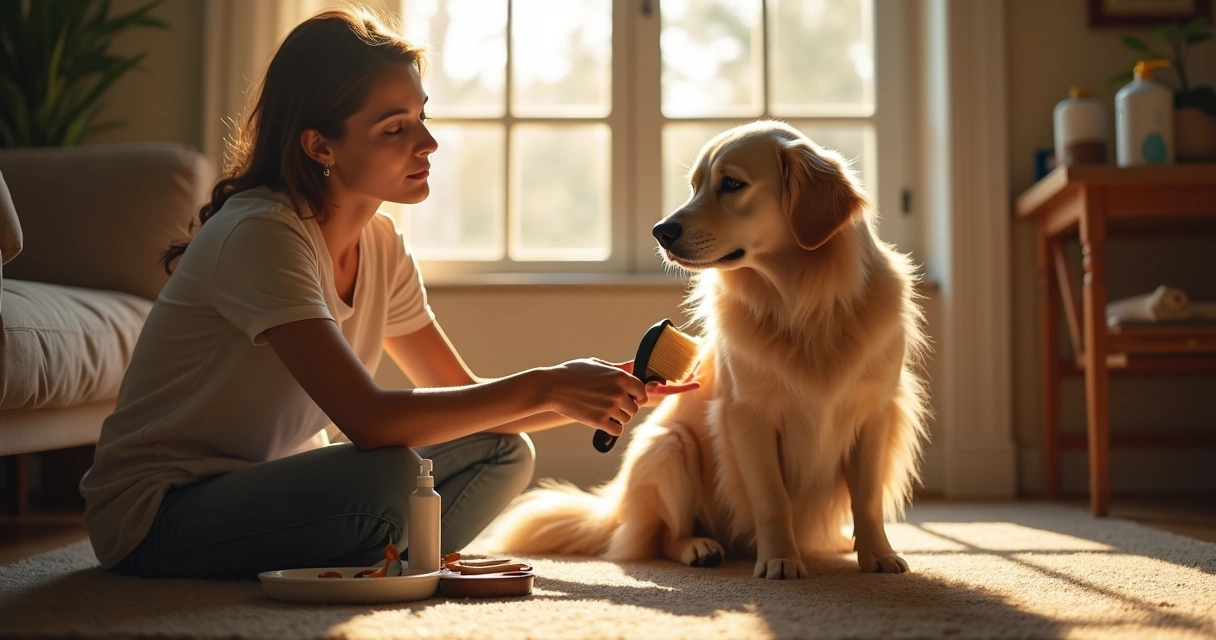
Do you need professional help?
Sometimes home grooming can only go so far. If you keep checking off items on the warning list and things aren’t getting better, professional help is not admitting defeat—it's about giving your dog the best care. Facilities like Dogtown specialize in gentle, personalized care that respects your pet’s temperament. Want regular and ongoing feedback about your pet's habits and well-being? Programs like Dogtown's boarding or training can supplement your home routines. Social, stress-reducing play at day camp can further promote a healthy coat and happy spirit.
Is it just a grooming issue?
Not every sign points directly to your grooming products or habits. Sometimes, changes in diet, new behavioral issues, or even underlying health conditions are the real culprits. That’s why at Dogtown, each pet has a free pre-enrollment assessment—so everyone gets care tailored just for them.
Happy, healthy dogs start with smart, consistent grooming.
Conclusion
Next time you brush your dog or run your hand along their fur, slow down. Look and listen for these ten signs. Sure, routines can feel dull, but sometimes the smallest change—a different shampoo, a slower brushing, a check-in with a professional—means everything for your dog’s daily joy.
If you’d like to see what a genuinely pet-friendly approach looks like, come schedule a free pre-enrollment assessment at Dogtown. Let our team help you create a grooming plan that keeps your pet feeling good, inside and out. Your best friend deserves it.
Frequently asked questions
What are signs of bad dog grooming?
Signs include strong, lingering odors, matted or tangled fur, persistent scratching, red or irritated skin, overgrown nails, excess dander, dull fur, tear stains, behavioral changes after grooming, and recurring ear issues. If you notice more than one of these, your grooming routine might need a change to better match your dog’s needs.
How to fix matted dog fur?
Start by using a de-matting comb or slicker brush to gently work out small tangles. If mats are tight or close to the skin, don’t pull or cut at home—this can hurt your dog. It’s best to see an experienced groomer, such as those at Dogtown, for safe mat removal. Routine brushing and short trims can help prevent mats in the future.
Is professional grooming worth it?
Usually, yes—especially for long-haired or double-coated breeds, or if your dog dislikes at-home baths. Professional groomers have the right tools, skill, and experience to spot health or skin issues early. They can also provide services—like nail trims, ear cleaning, and tailored coat care—that most owners find hard to manage alone. Facilities like Dogtown offer a range of grooming options for all temperaments and hair types.
How often should I groom my dog?
It depends on your dog’s breed, coat type, environment, and health. Short-haired dogs may only need a monthly bath and weekly brush, while long-haired or curly breeds might need daily brushing and professional grooming every 4–8 weeks. Regular grooming prevents mats, decreases shedding, and can reduce overall stress and health issues.
What are the best dog grooming tips?
Brush your dog regularly—more often for long or thick fur. Use gentle, dog-specific shampoo and always rinse thoroughly. Trim nails and check dew claws often. Clean ears and the area around the eyes. Above all, be patient and make grooming a positive experience by adding treats and praise. Don’t hesitate to ask the team at Dogtown for pointers or to schedule a professional session if you’re unsure about any step.


